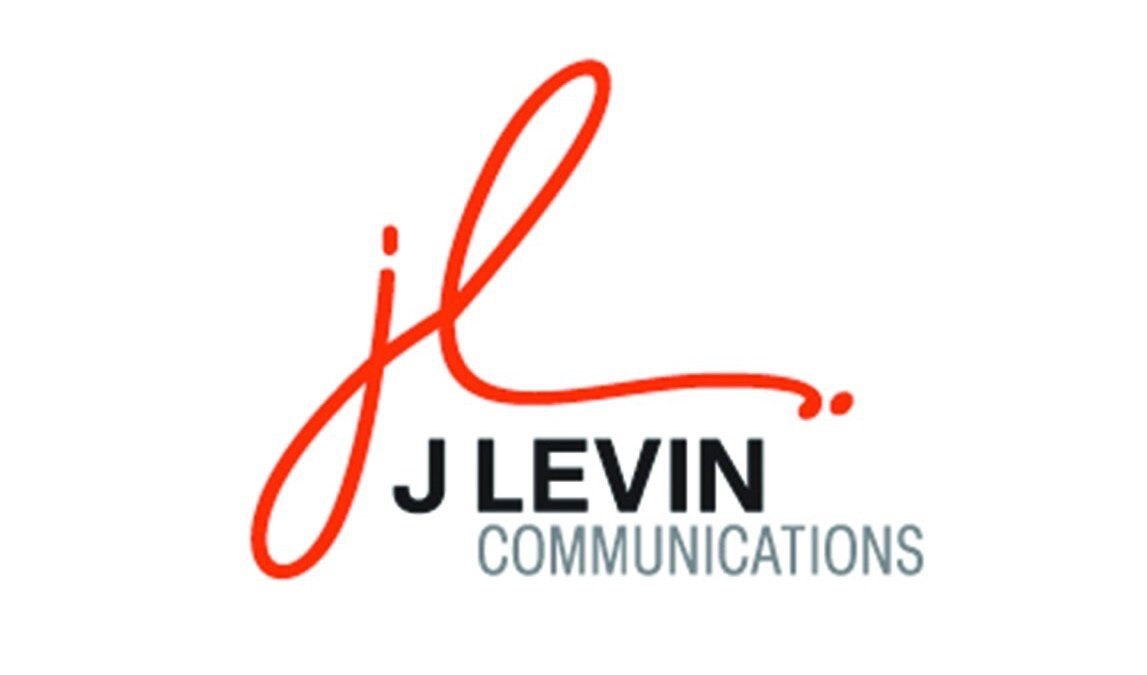The Hidden Foundation: Why Internal Communications Can Make or Break Your Organization
It’s easy to get caught up in external messaging - crafting the perfect press release, developing compelling social media content, or polishing client presentations. But here's what many organizations overlook: internal communications is the foundation upon which all external success is built.
Think about it this way: your teammates are your first audience, your brand ambassadors, and often your most credible messengers. If they don't understand your mission, values, or current priorities, how can you expect them to authentically represent your organization to the outside world?
The Real Cost of Poor Internal Communications
The symptoms are unmistakable: confused teammates asking the same questions repeatedly, misaligned departments working toward different goals, and that dreaded game of telephone where messages get distorted with each retelling.
Poor internal communications doesn't just create workplace frustration; it directly impacts your bottom line. When employees are unclear about expectations, processes, or company direction, productivity suffers. When they feel disconnected from leadership or uninformed about important decisions, engagement plummets.
Building Bridges, Not Barriers
Effective internal communications isn't about sending more emails or hosting more meetings—it's about creating genuine connections and understanding. It's about ensuring that information flows both ways: from leadership to employees and from employees back to leadership.
The best internal communications strategies recognize that different people consume information differently. Some people prefer detailed written updates, while others respond better to visual presentations or face-to-face conversations. Smart organizations use multiple channels and formats to reach everyone effectively.
The Ripple Effect of Getting it Right
When internal communications works well, magic happens. Employees feel valued and informed. They understand not just what they need to do, but why it matters. They become natural advocates for your organization because they truly understand and believe in its mission.
This internal alignment creates a ripple effect that extends far beyond your office walls. Customers interact with confident, knowledgeable teammates. Partners work with teams that communicate clearly and consistently. Your external reputation strengthens because your internal foundation is solid.
Making Internal Communications a Priority
So how do you transform internal communications from an afterthought into a strategic advantage? Start by listening. Conduct surveys, hold focus groups, or simply have honest conversations with employees about how information currently flows in your organization.
Next, audit your existing communications. Are you overwhelming people with too many messages, or leaving them starving for information? Are your messages clear and actionable, or buried in corporate jargon? Are you creating opportunities for two-way dialogue, or just broadcasting announcements?
Finally, remember that internal communications isn't a "set it and forget it" system. It requires ongoing attention, refinement, and adaptation as your organization grows and evolves.

